“Thirty different beers based on a fan base is a unique thing.”
The post Buffalo Pils Scores a Touchdown appeared first on CraftBeer.com.
“Thirty different beers based on a fan base is a unique thing.”
The post Buffalo Pils Scores a Touchdown appeared first on CraftBeer.com.
“Thirty different beers based on a fan base is a unique thing.”
The post Buffalo Pils Scores a Touchdown appeared first on CraftBeer.com.
“Thirty different beers based on a fan base is a unique thing.”
The post Buffalo Pils Scores a Touchdown appeared first on CraftBeer.com.
“Thirty different beers based on a fan base is a unique thing.”
The post Buffalo Pils Scores a Touchdown appeared first on CraftBeer.com.
“Thirty different beers based on a fan base is a unique thing.”
The post Buffalo Pils Scores a Touchdown appeared first on CraftBeer.com.
“Thirty different beers based on a fan base is a unique thing.”
The post Buffalo Pils Scores a Touchdown appeared first on CraftBeer.com.
“Thirty different beers based on a fan base is a unique thing.”
The post Buffalo Pils Scores a Touchdown appeared first on CraftBeer.com.
“Thirty different beers based on a fan base is a unique thing.”
The post Buffalo Pils Scores a Touchdown appeared first on CraftBeer.com.
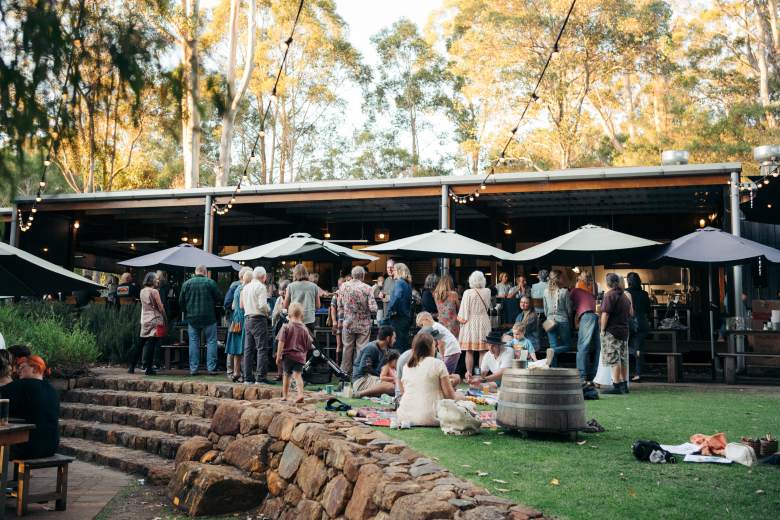 The self-guided Bay Trail and Cave Trail showcase the talent of 10 independent breweries from Busselton down to Margaret River.
The self-guided Bay Trail and Cave Trail showcase the talent of 10 independent breweries from Busselton down to Margaret River. Don't call it a comeback: Detroit's vibrant craft beer scene mirrors the city's own renaissance.
The post Celebrating Detroit’s Craft Beer History appeared first on CraftBeer.com.
Your chicken deserves better.
The post Beer Can Chicken, But Make it Craft appeared first on CraftBeer.com.
 Sydney Beer Week has made a successful return, energising local breweries and consumers, and highlighting the city's vibrant beer culture.
Sydney Beer Week has made a successful return, energising local breweries and consumers, and highlighting the city's vibrant beer culture. There’s an old saying in winemaking that it takes a lot of great beer to make great wine. But in the brewing industry, it takes plenty of great tacos to make great beer.
The post Tacos & Beer: Fueling the Yakima Valley’s Hop Harvest appeared first on CraftBeer.com.
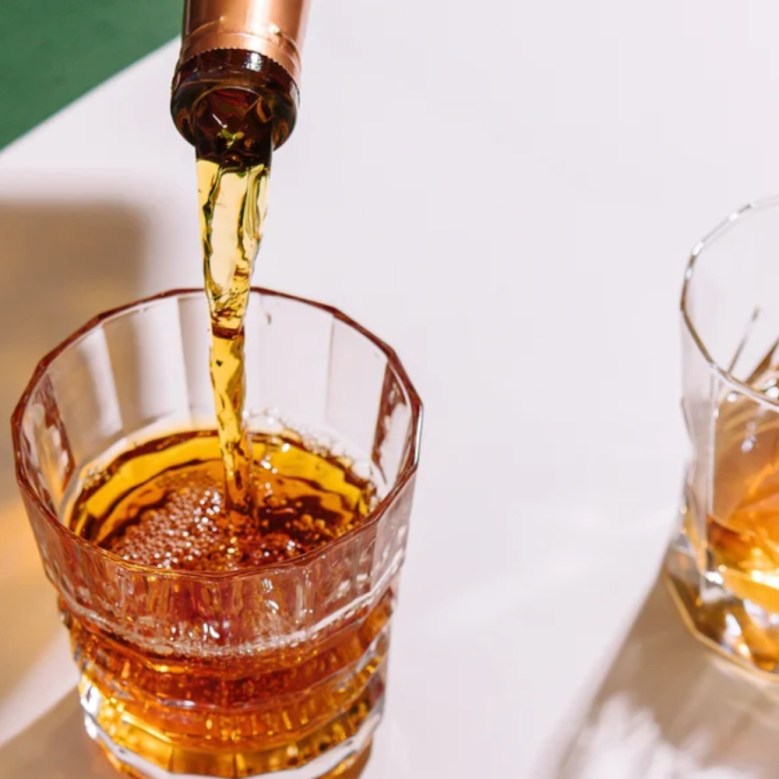 Ostra Distillers is a long established producer of high end Brandy, Neutral Grain Alcohol, Australian Grain Whisky and Single Malt. Servicing the major wineries, beverage manufacturers and retailers of Australia […]
Ostra Distillers is a long established producer of high end Brandy, Neutral Grain Alcohol, Australian Grain Whisky and Single Malt. Servicing the major wineries, beverage manufacturers and retailers of Australia […]  From industrial chemistry to marketing to brewing, Esker Beer Co’s Charlie Claridge leans on his diverse experience to create award-winning beer.
From industrial chemistry to marketing to brewing, Esker Beer Co’s Charlie Claridge leans on his diverse experience to create award-winning beer. (Central Coast, CA) – Today, Firestone Walker Brewing Company, brewer of 805 Beer, California’s #1 craft beer brand, dropped its first-ever non-alcoholic blonde: 8ZERO5. The new offering is brewed with the same dedication to quality and flavor that has made 805 Beer a staple for more than a decade. 8ZERO5 delivers the refreshing, easy-drinking experience that […]
The post Firestone Walker Brewing Unveils 8ZERO5, New Non-Alc Craft Offering appeared first on The Full Pint - Craft Beer News.
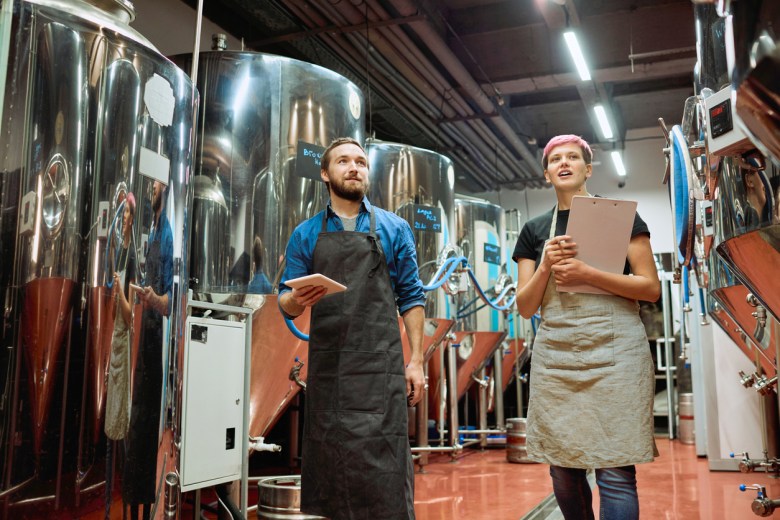 All independent breweries are invited to submit, with the resultant data supporting advocacy on both state and federal levels.
All independent breweries are invited to submit, with the resultant data supporting advocacy on both state and federal levels. Ice cream soda floated into our collective consciousness 150 years ago. Now, a beery take on this fanciful beverage is winning converts.
The post A Dreamy Pairing: Beer & Ice Cream appeared first on CraftBeer.com.
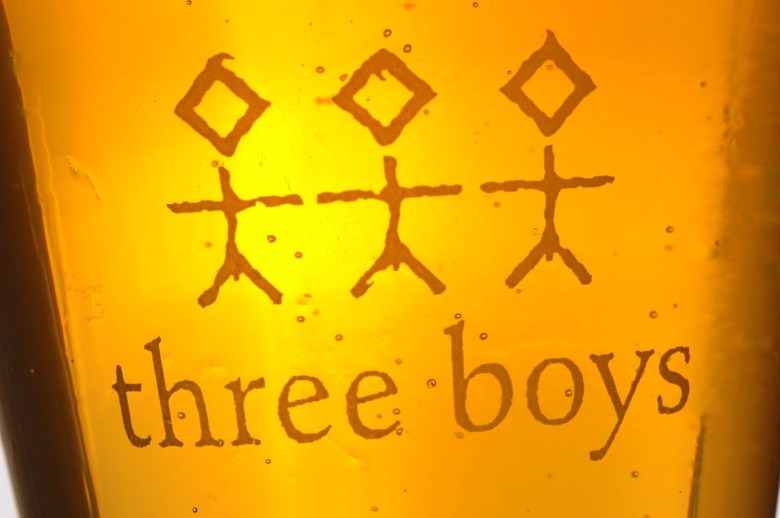 Owner Ralph Bungard spoke about the changing perception of beer, 20 years of ups and downs, and what makes Three Boys special.
Owner Ralph Bungard spoke about the changing perception of beer, 20 years of ups and downs, and what makes Three Boys special. 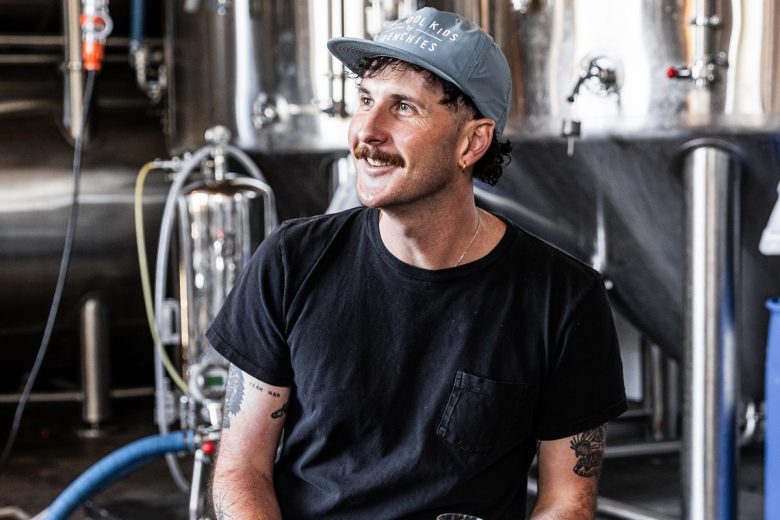 Frenchies Brewery Head Brewer Sam McDonough spoke to Beer & Brewer about his decade in the industry, working with some of Australia’s most well-known craft breweries.
Frenchies Brewery Head Brewer Sam McDonough spoke to Beer & Brewer about his decade in the industry, working with some of Australia’s most well-known craft breweries. In an industry historically dominated by males, women in the Vermont beer industry are woven into the fabric of the breweries.
The post The Women of Beer in Vermont appeared first on CraftBeer.com.
As someone with a "beer-centric" palate, it is often difficult for me to find cocktails that I enjoy. When I go to a cocktail bar and order something that sounds interesting, the flavors are often overwhelmingly concentrated, and the balance tends to be either super-sweet or super-boozy. The 20-30+% ABV of most cocktails also makes them rough to drink at the same rate you would a beer...
So, I thought it would be interesting to invent a few cocktails inspired by the balance and flavors of some of my favorite beer styles. If you want to drink something that tastes exactly like a beer… drink a beer! These cocktails are “inspired” by the flavors in the style and the overall balance of the style in terms of alcohol-bitterness-sweetness, they aren’t meant to be “ringers” for drinking a given beer. I'm also trying to avoid "uncommon" ingredients... although some of these may take a little searching at a specialty grocery/liquor store or online.
I’m not an experienced bartender or mixologist, if you try one of these let me know what you think and if you have any suggestions!
Gin and Tonic is my standard cocktail order because it isn't too strong or too sweet, and the bitter/herbal notes are something I appreciate. I also find Ramos GIn Fizz to be a fun one, with the added body of an egg white and cream, and more citrus from lemon juice and orange blossom water. In this "Hazy IPA" inspired riff, I swapped out the tonic for aromatic hop water. To replace the malt sweetness and enhance the juicy flavors from the hops I added orange juice. To keep it from being too one-note orange, I added New Zealand Sauvignon Blanc, which contains high concentrations of many of the aromatics produced by Thiolized yeast and found in New Zealand hops. An egg white helps to add haze, foam, and body.
Recipe
In a shaker, combine:
1.5 oz Bombay Dry Gin
1.25 oz Orange Juice
1.25 oz Oyster Bay Sauvignon Blanc
1 Egg White
Dry shake 10 seconds
Pour into a glass, then top-up with:
6 oz Hop Water
6.7 % ABV
Ingredient Notes: The Hop Water you choose is up to you. I've enjoyed the ones from breweries as well as places like Hoplark. You can also make your own with carbonated water and some hop terpenes (I like the ones from Abstrax). Use pasteurized egg white if you are worried about the risk of salmonella. If you don't like orange, try mango or another juice that appeals to you.
Tasting Notes
Smell - Winey tropical-citrus. Slight herbal from the hops and gin. Doesn't read obviously juniper.
Appearance - Very pale, very hazy. Great sticky head.
Taste - Pleasantly sweet. Good balance of the juice and wine, without either dominating. The gin provides some depth, but again not overtly gin-y. The hop water brings herbal complexity without dominating the other ingredients with "hops."
Mouthfeel - Medium-light body, light carbonation.
Drinkability - Light and bright, citrusy.
Changes for Next Time - Certainly could add a few drops of hop terpenes if you want to send it more hoppy. Some hopped bitters could be a nice addition if you like a little more bitterness.
Thanks to Audrey, I've really come to enjoy fortified wines like Port, Sherry, and especially Madeira. It's traditionally made by halting fermentation with an addition of brandy to preserve the sweetness of the wine, then aged at elevated temperatures. The result is a like a concentrated barrel-aged English barleywine, woody, with dried fruit, and pleasant oxidative notes. I added Rye Whiskey to elevate the vanilla notes. Malta is essentially unfermented wort, but tends to have big caramel and malt extract notes from pasteurization. It helps by lowering the alcohol without thinning the cocktail, adding a little carbonation.
Recipe
Combine together:
.5 oz Bulleit Rye (95 Proof)
1 oz Broadbent 10 Year Verdelho Madeira
1 oz H&H 10 Year Sercial Madeira
Stir, then top with:
2 oz Malta India (or Malta Goya)
14.0% ABV
Ingredient Notes: Madeira comes in various sweetness levels, the really sweet ones are too sugary for my tastes in this. Sercial is the driest and Verdelho is off-dry, but find ones that work for your palate.
Tasting Notes
Smell - The vanilla/oak of the rye leads. Rich dried fruit behind it. There is some maltiness there, but definitely tastes like a really aged-out barleywine without any fresh graininess. Boozy, hotter than I'd expect from an English barleywine.
Appearance - Deep leathery brown. Good clarity. No head.
Taste - The Maderia really gives it an "aged" character, lots of raisin and date. The Sercial especially gives it a fun oxidative weirdness, and a faint acidity. There is a "sugary" sweetness, along with some alcohol warmth. Subtle bitterness.
Mouthfeel - Almost flat, "barrel sample" generously. Not quite as full as a real barleywine, but not watery or thin by any means.
Drinkability - This is one of the more evocative ones, really has a lot of the flavors you'd expect from a barrel-aged barleywine. It's a little sweet for me, but so are a lot of barleywines.
Changes for Next Time - Wish it had a little more carbonation. Otherwise it really satisfies that English Barleywine itch.
One of the classic inclusions in the microbe blend for Flemish Red/Browns (e.g., Wyeast Roeselare) is Sherry Flor. This oxidative yeast forms the pellicle on sherry and produces the characteristics aldehydes that give sherry a nutty/fruity aroma. Oloroso is more "microbe" forward, funkier, while PX is more sweet and dried fruit (especially raisin). The acidity of the grapes needs a little help to mimic the classic examples of the style, so inspired by shrubs I added both vinegar and kombucha. The blend of sherries, sweetness of the kombucha, and amount of vinegar are all variables you can adjust.
Recipe
Combine together:
.5 oz Lustau Oloroso Sherry
.5 oz Lustau PX Sherry
.25 tsp Balsamic Vinegar
Stir, then top with:
3 oz Wild Bay Elderberry Kombucha
4.6% ABV
Ingredient Notes: The kombucha choice is tricky, a cherry kombucha is a nice choice if you are looking to replicate a fruited version of the style. For my palate I'd avoid those kombucha with stevia or other non-sugar sweeteners. Cream Sherry is a blend of Oloroso and PX and could be a stand-alone replacement (although you the flexibility or tweaking your blend).
Tasting Notes
Smell - Fun mix of red fruit and raisins. A little oak/almond. The elderberry works well compared to some other kombuchas since it isn't as distinct as cherry, strawberry et al. I like the Wild Bay since it doesn't have stevia or other non-sugar sweeteners.
Appearance - Clear, more amber than red. Color is about right. Not much foam.
Taste - Pleasantly sweet. Tart, with just a touch of vinegar. It has a good blend of fresh and dried fruit flavors, plum, fig, raisin etc. A little oaky. Has that classic Belgian Red balance with sugar balancing the acid.
Mouthfeel - Medium body, pleasant low carbonation.
Drinkability - This is a super interesting result for low ABV.
Changes for Next Time - Misses the maltiness of the real version, but it has the fruitiness, acid, oak, age. For a low ABV cocktail it really delivers, with the fermentation of the kombucha helping stretch the Sherry.
Flavored beers are one of the "easiest" points of entry since they already have big flavors that aren't from malt, hops, or yeast. That said, it seemed like a waste of time to make a smoothie sour cocktail. Coffee stout is still a stout, and seemed like a nice place to work in bourbon since it usually includes some barley and brings big oak aromatics that work well in stouts. A little Malta again provides body, sweetness, and a touch of carbonation.
Recipe
Combine together:
4 oz Cold Brew Coffee
1 oz Kahlua
1 oz Bourbon
Stir, then top with:
2 oz Malta India
7.5% ABV
Ingredient Notes: I should probably have sourced a "better" coffee liquor, but Kahlua is what we had on hand. Homemade cold brew would work just as well, if not better.
Tasting Notes
Smell - Big coffee nose, with some vanilla. It reads caramel malty, but not roasty.
Appearance - Deep brown, with red at the edges when held to the light.
Taste - Has a pleasant sweetness, certainly sweeter than a typical coffee stout thanks to the simple sugars. Nice note of bourbon woody/vanilla in the finish
Mouthfeel - Medium body, light carbonation.
Drinkability - I really like this one, more coffee-focused than a stout usually is, but the other notes round it out.
Changes for Next Time - I think this one straddles the line between traditional coffee stout and pastry stout. A little sugary compared to a classic stout.
This has been fun for me to work on the last couple months. I'll probably make a Part #2 if there is interest... already playing around with a West Coast Grapefruit IPA, Pastry Stout plus plans for Wit, Rauchbier, and Saison!
Shoot me a line if you try any of these out, or if you have suggestions or other ideas!
What's behind the collaborative nature of the global brewing community?
The post Shared Experience: Craft Beer Camaraderie Transcends Borders appeared first on CraftBeer.com.
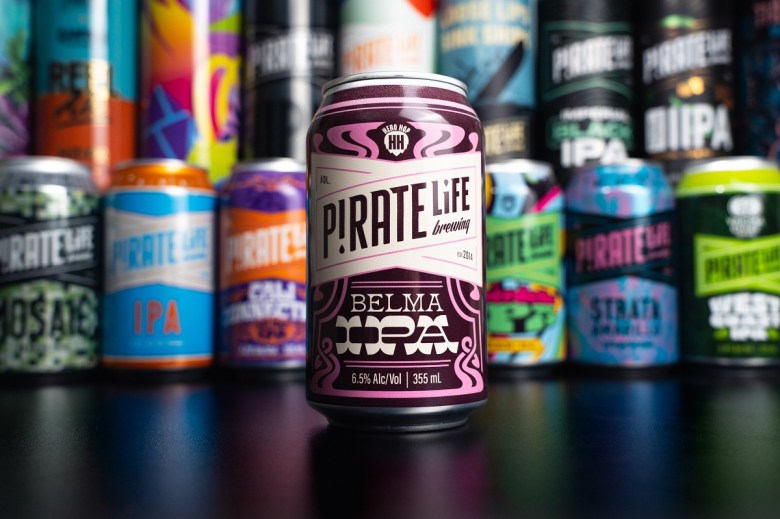 Belma IPA heroes a unique American hop variety and celebrates the importance of IPAs to the Pirate Life brand.
Belma IPA heroes a unique American hop variety and celebrates the importance of IPAs to the Pirate Life brand.  The Queensland-exclusive beer is designed to offer beer drinkers a premium option for celebrating life's milestones.
The Queensland-exclusive beer is designed to offer beer drinkers a premium option for celebrating life's milestones.  Made with Australian-grown ginger, the new product joins the Heads of Noosa core range of tap-only products.
Made with Australian-grown ginger, the new product joins the Heads of Noosa core range of tap-only products. 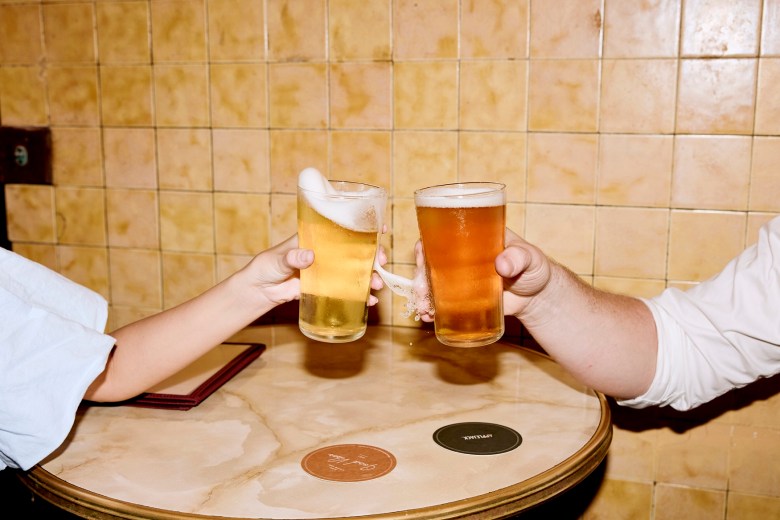 The 2024 financial year was a difficult period for craft beer, but the industry has developed strategies to cope with further challenges.
The 2024 financial year was a difficult period for craft beer, but the industry has developed strategies to cope with further challenges.